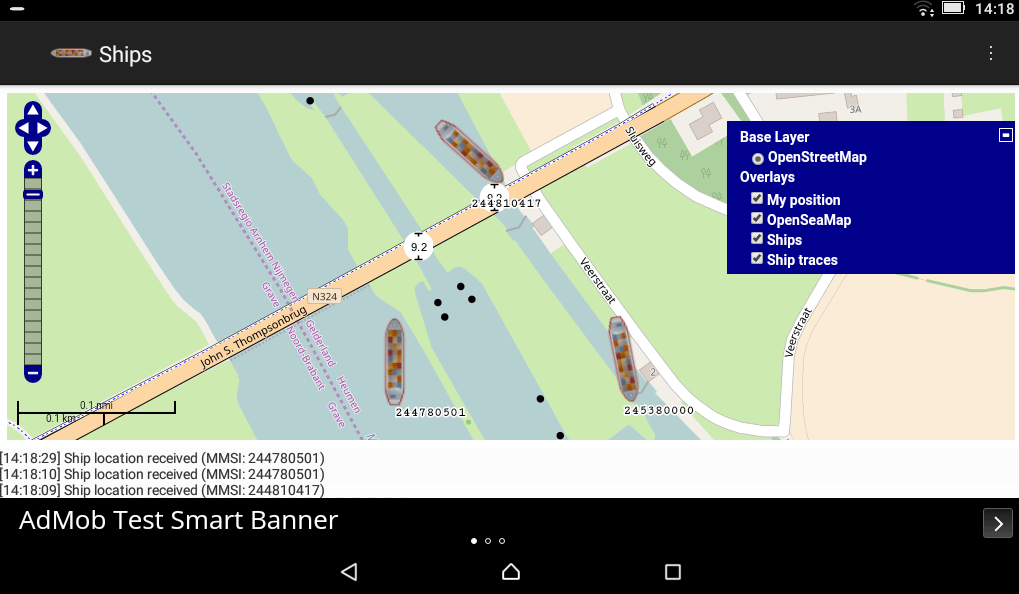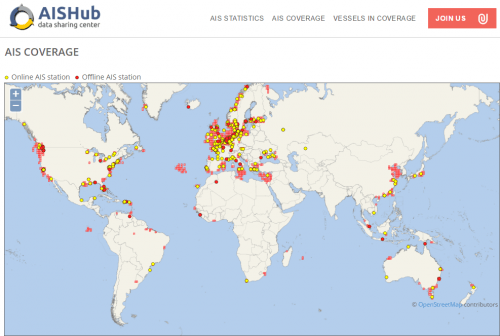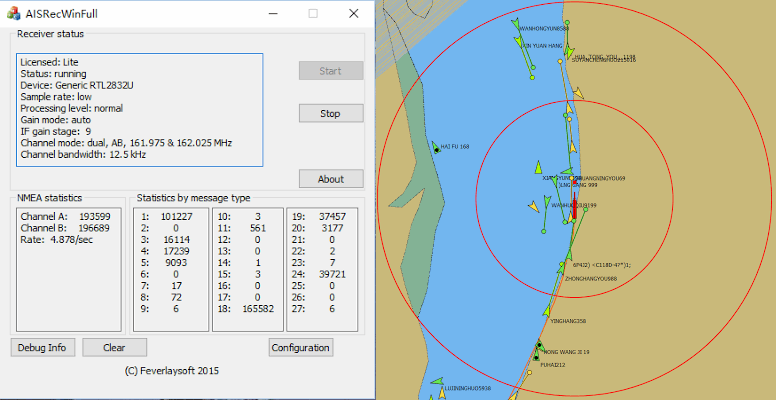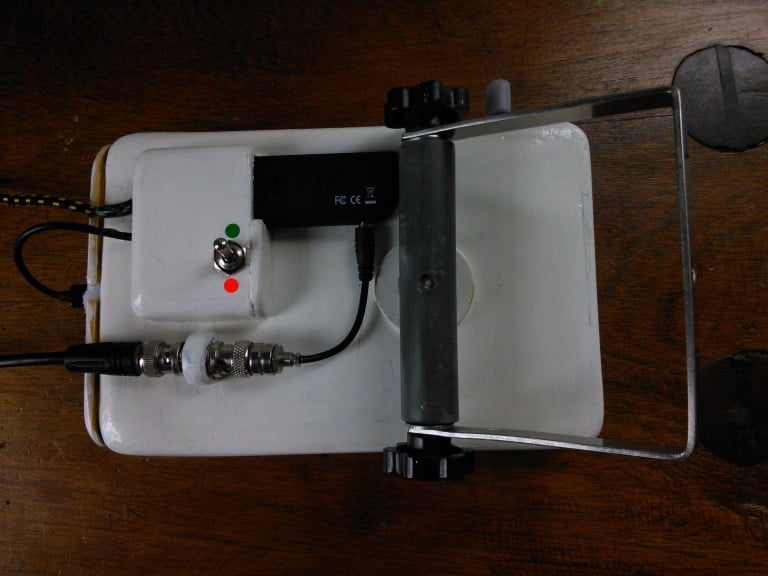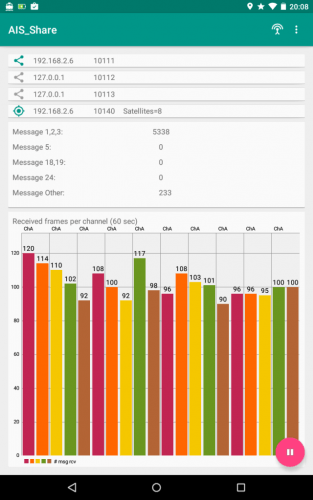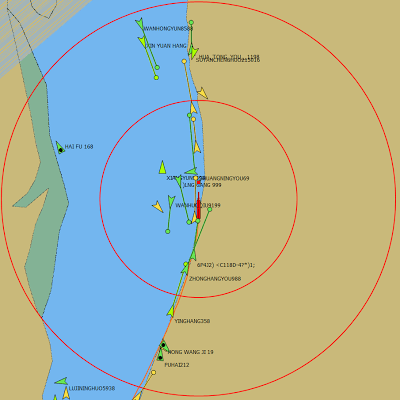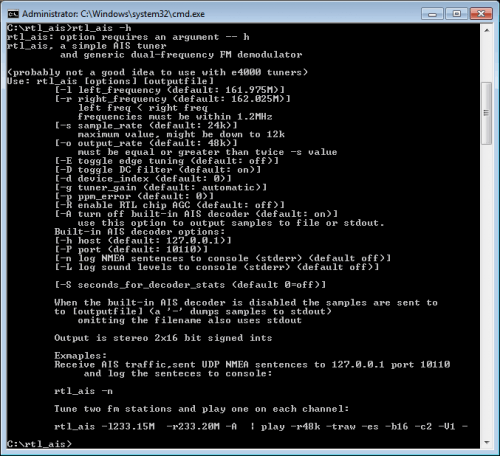Ships: New RTL-SDR Compatible Android App for AIS Reception and Plotting
Today an Android app programmer sent a message to let us know about his new open source RTL-SDR compatible AIS app called Ships. This is a free app that allows you to decode AIS signals, and plot them directly onto an OpenStreetMap/OpenSeaMap or output the data via UDP to another mapping program.
Ships also has another interesting feature which is that it will automatically determine the PPM offset of a dongle, meaning that generic dongles without TCXO’s can be easily used for AIS. It appears to do this by using the AIS signals themselves, so you will need sufficient AIS traffic in your area for the calibration to work.
AIS stands for Automatic Identification System, and is a system used to track the locations of marine vessels. It is similar to ADS-B in that nearby ships can be plotted and tracked on a map by using an RTL-SDR as the receiver. We have a tutorial for PC available here.
The app can be downloaded for free on Google Play, and the open source code is available on GitHub.
